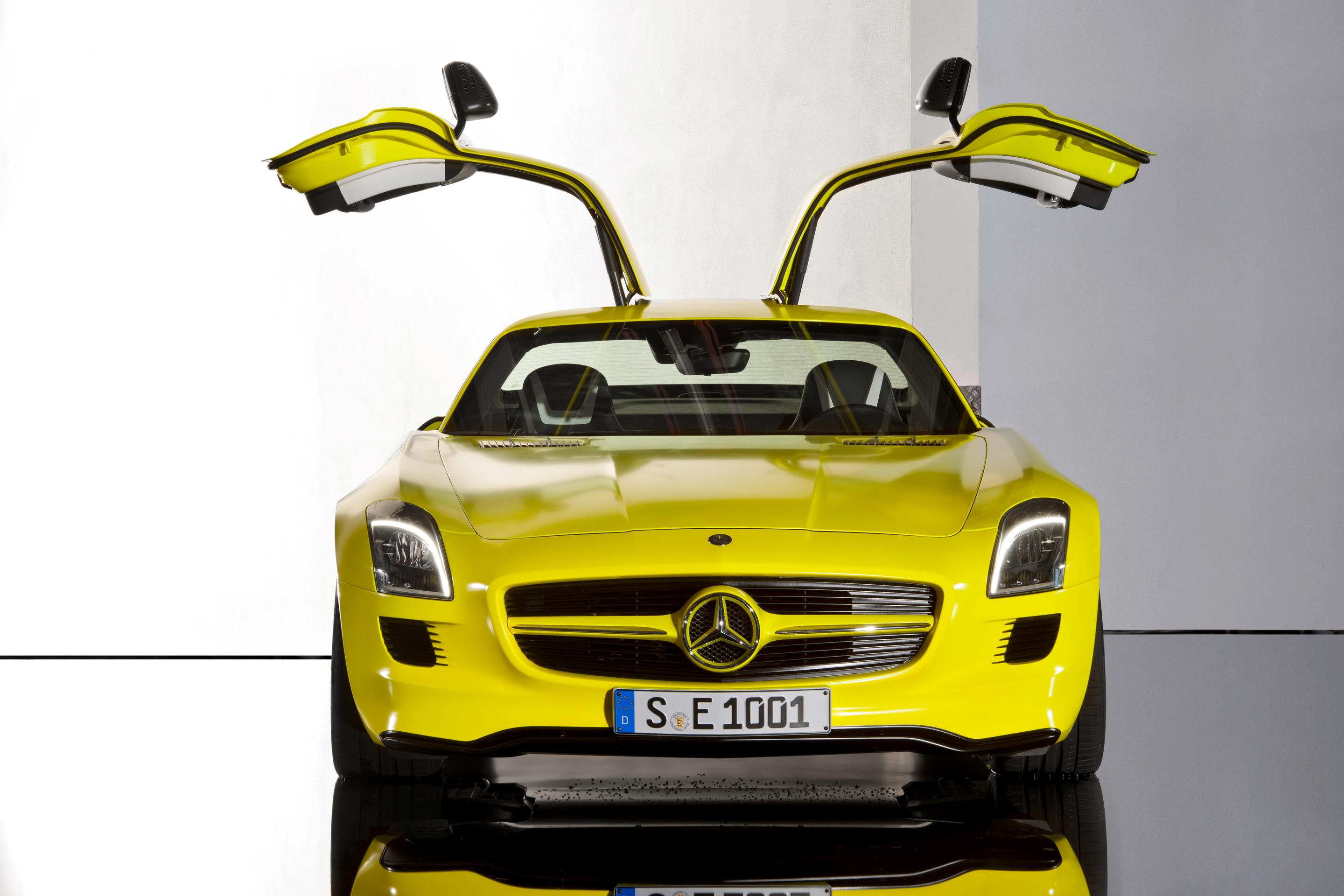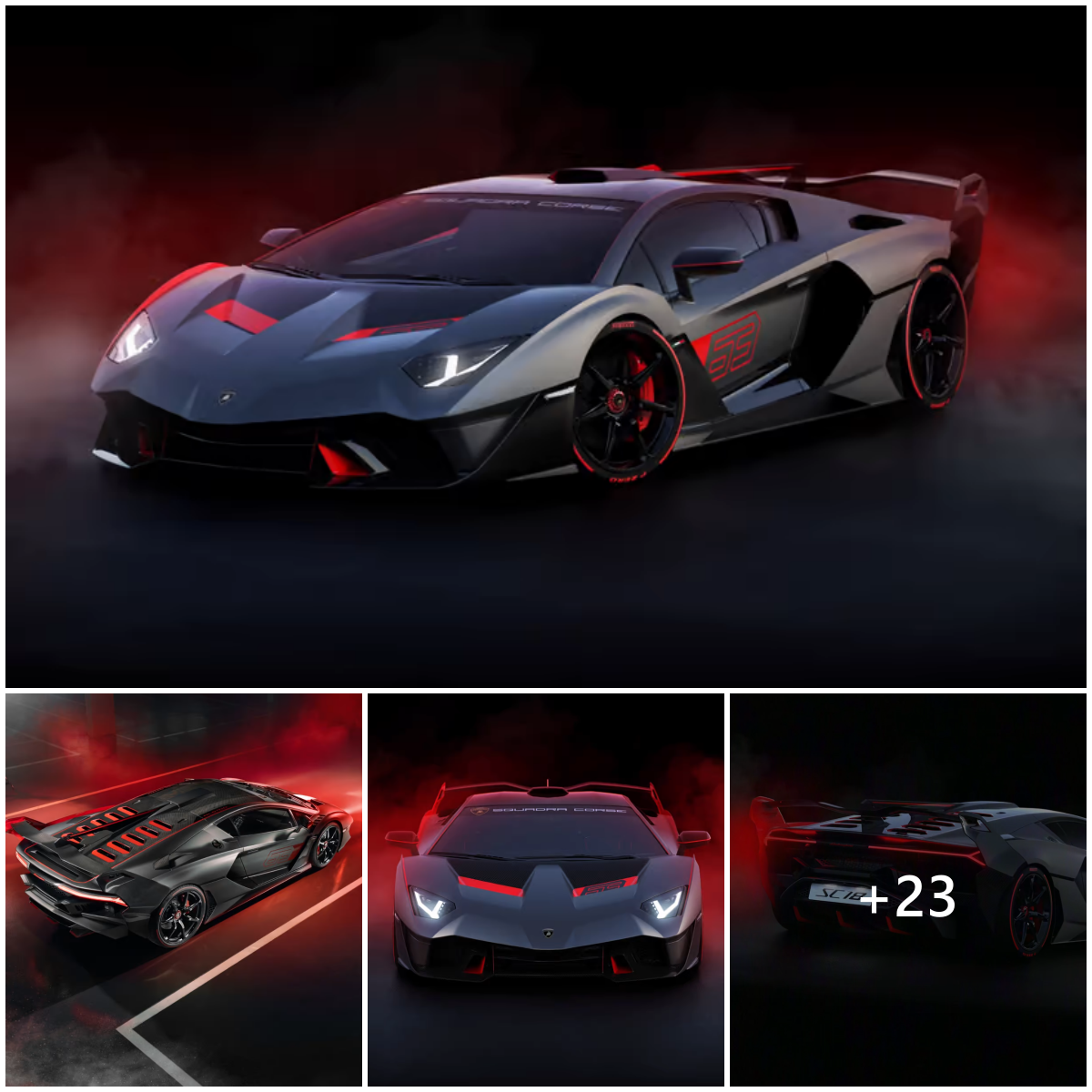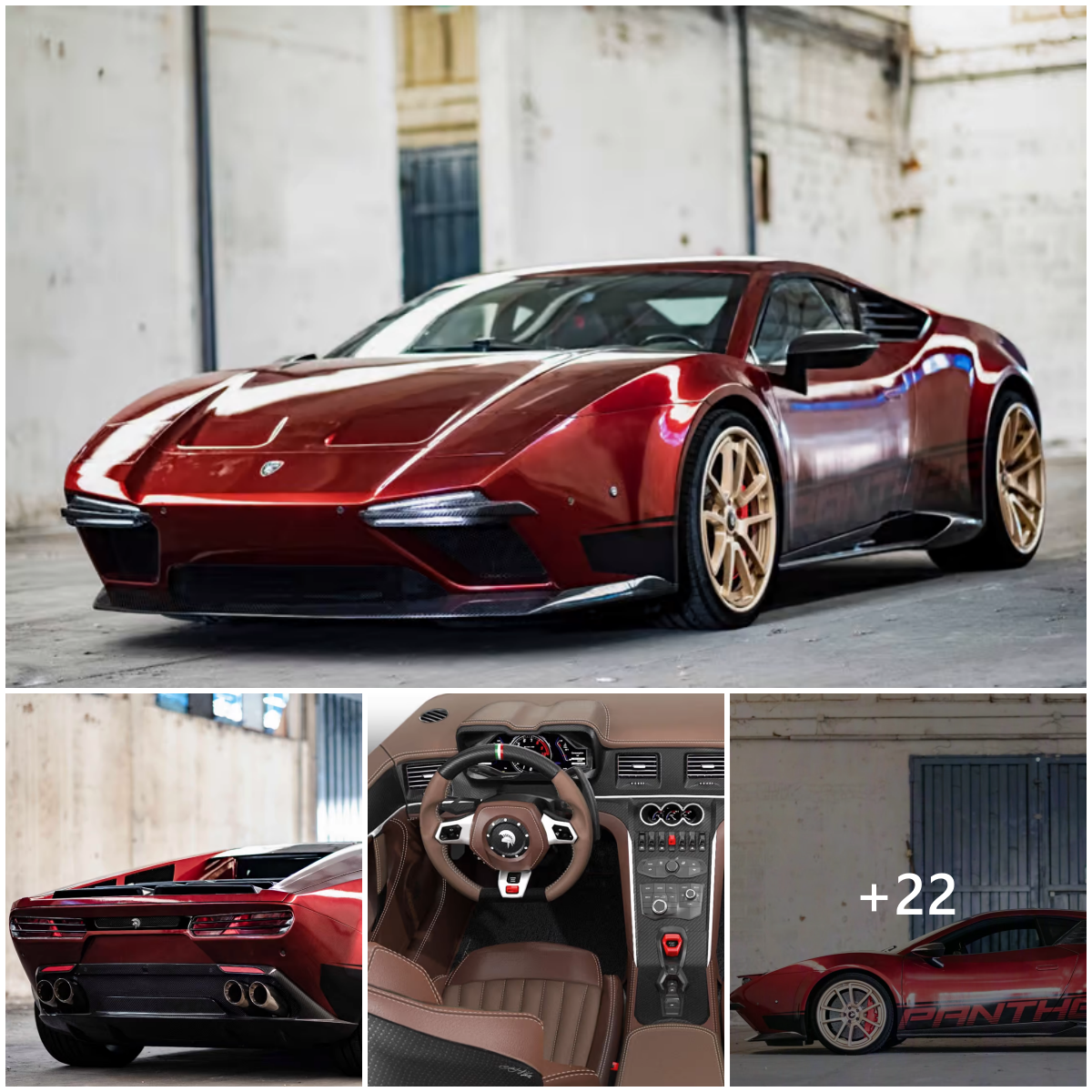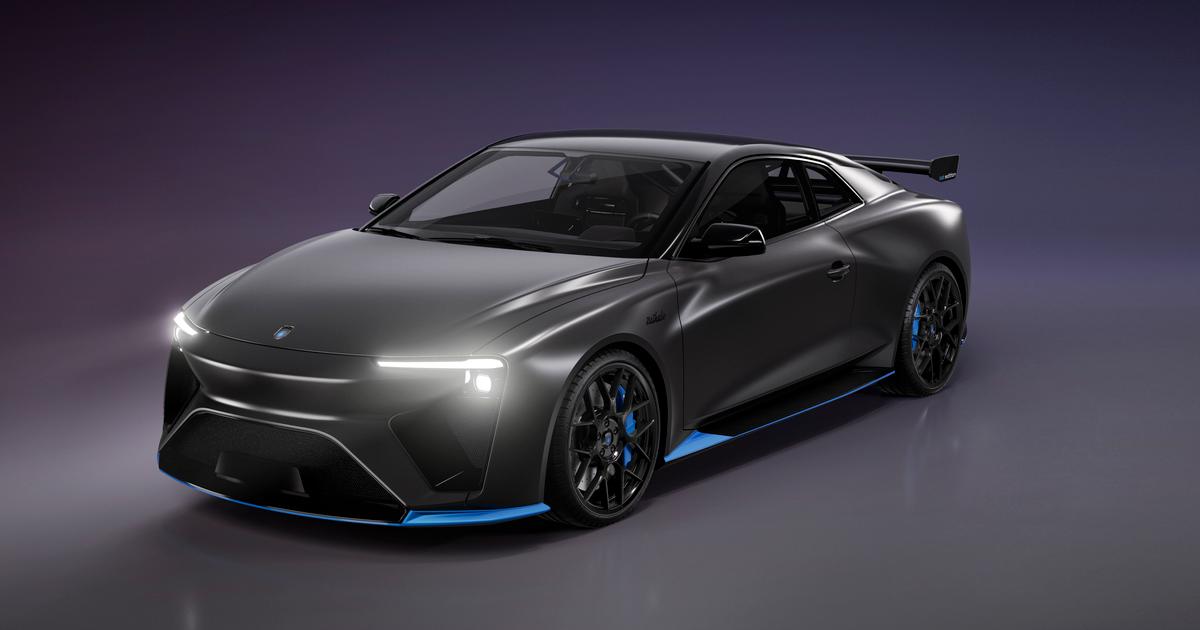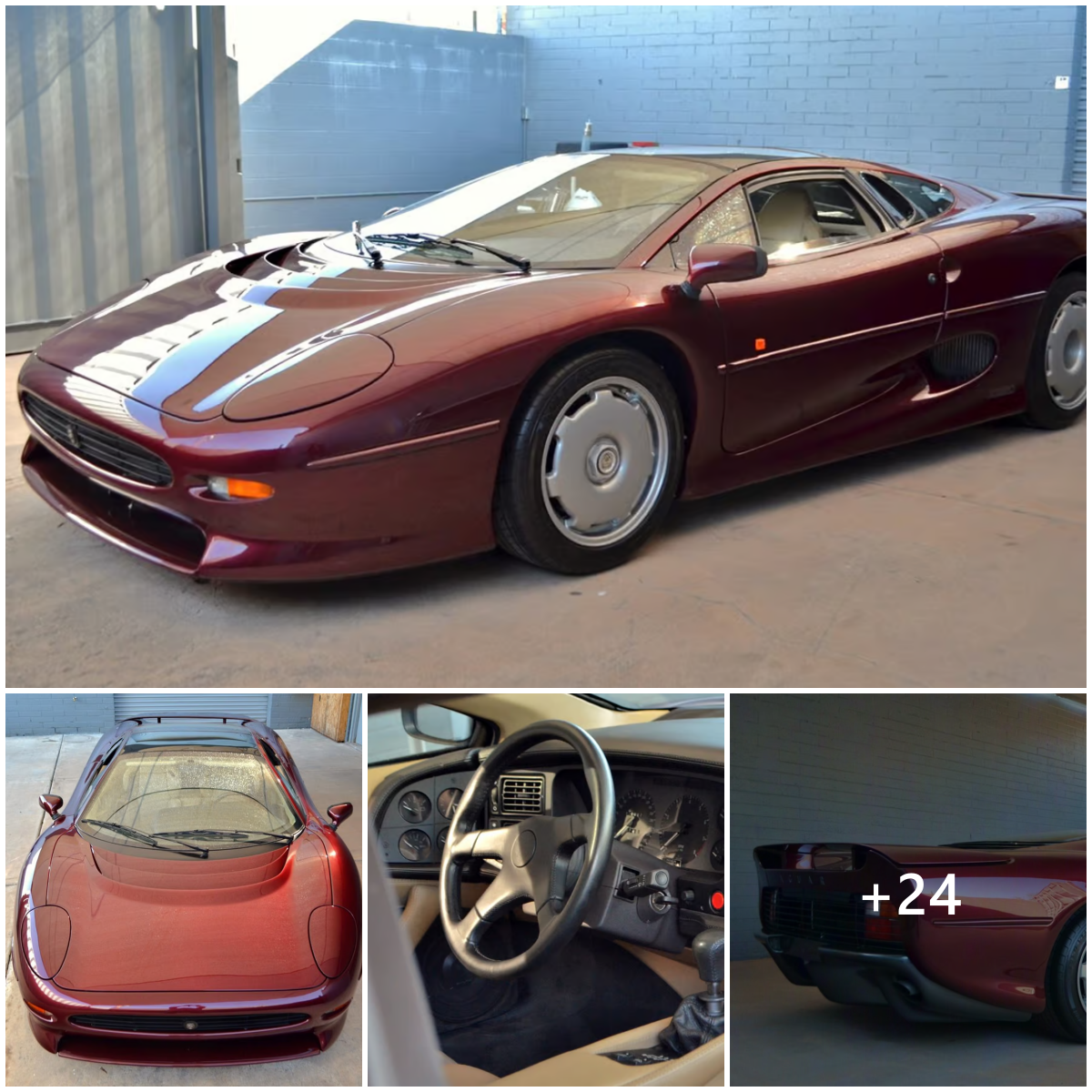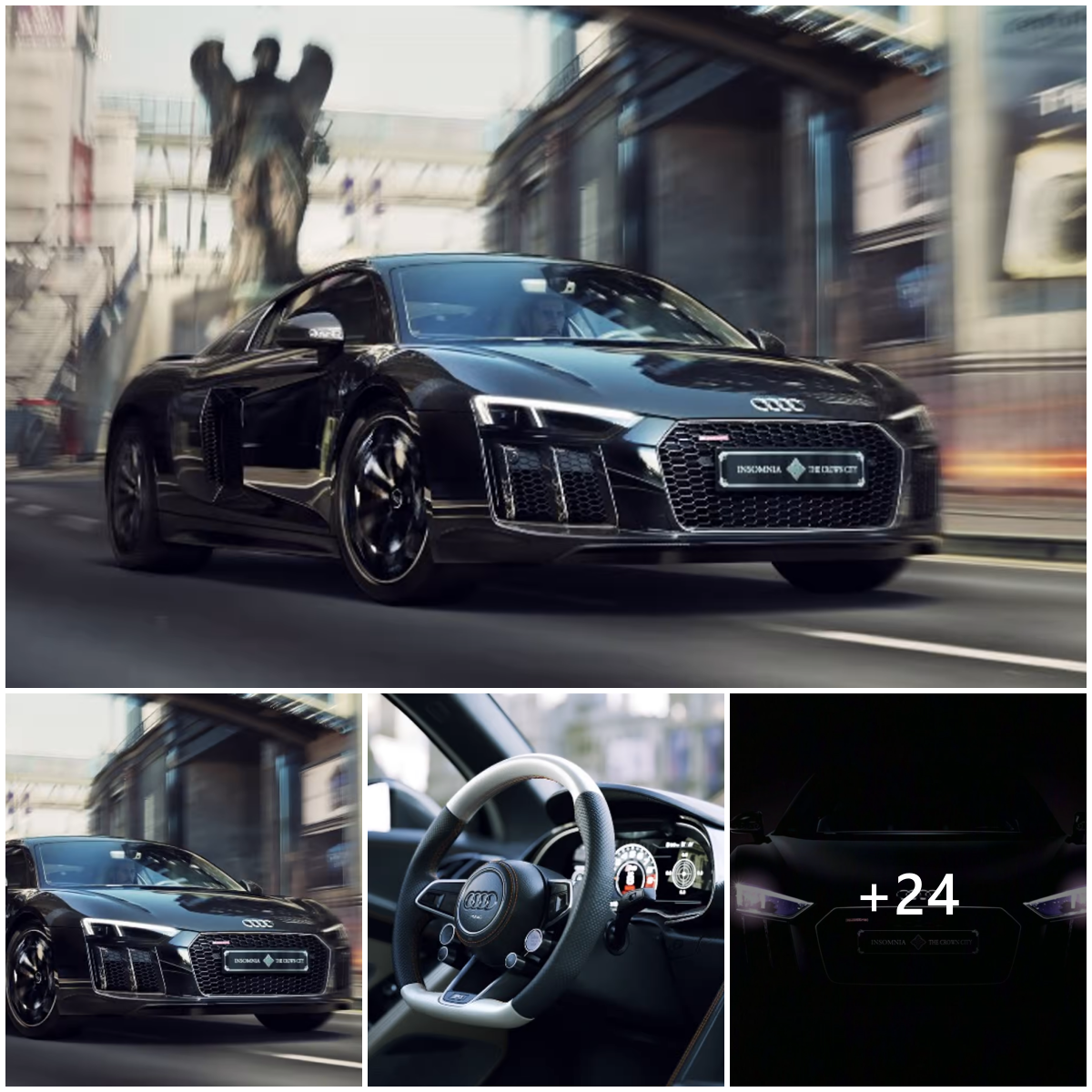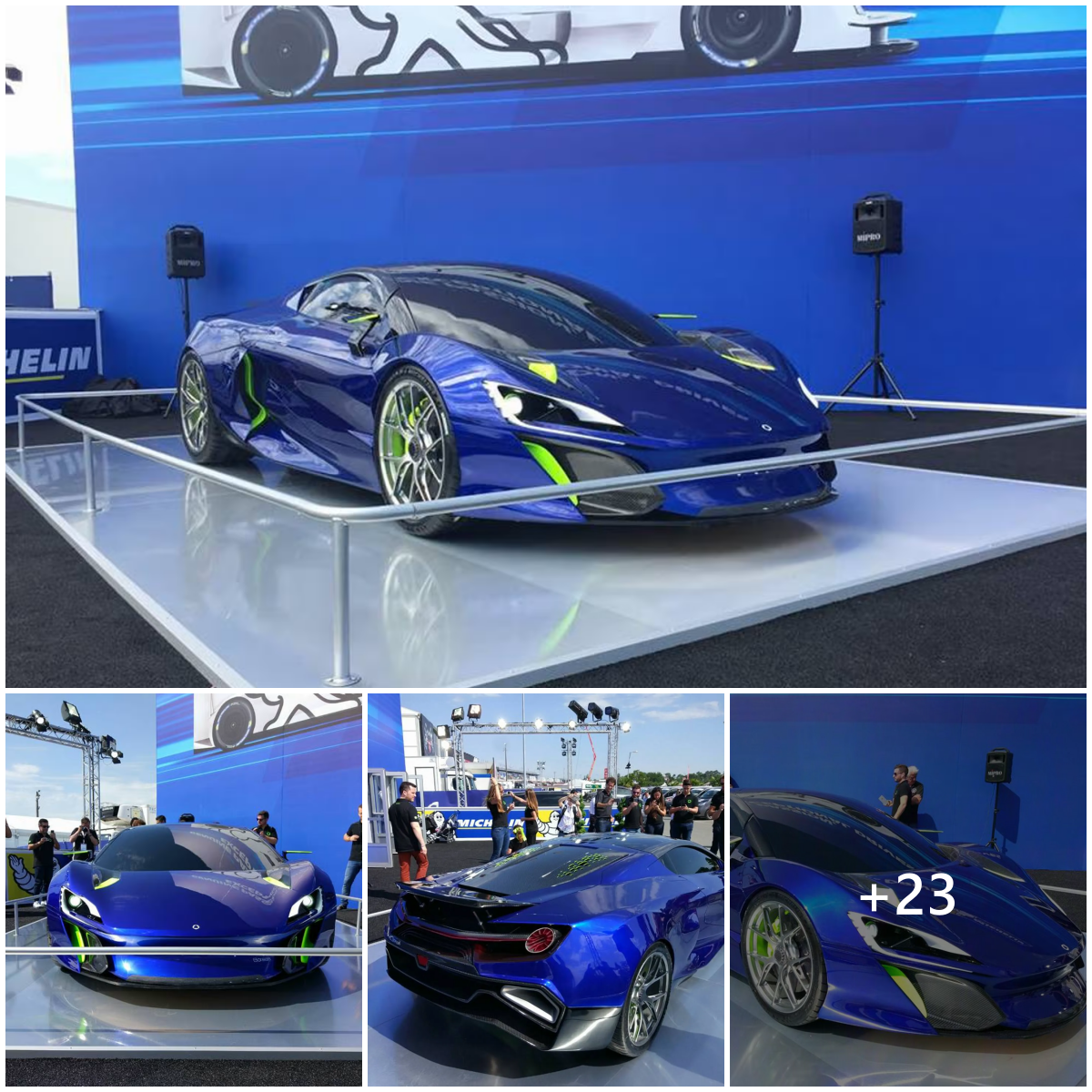Can an electric version of one of the world’s supercars be a supercar? Mercedes-AMG has answered this question with a resounding yes by announcing the SLS AMG E-Cell that was confirmed for production in Detroit in January will be available in 2013. Its electric powertrain gives the E-Cell a 0-100 km/h (63 mph) time of 4.0 seconds, compared to the SLS AMG’s 0-100 km/h time of 3.8 seconds. When it comes to top speed, both cars are electronically limited. The E-Cell can hit 250 km/h (155 mph), while the SLS AMG tops out at 317 km/h (197 mph). While not quite the equal of the gas-powered SLS AMG, the E-Cell is clearly in supercar territory!
The all-electric, all-wheel drivetrain is a product of a two year long joint development effort of Mercedes-AMG and Mercedes AMG High Performance Powertrains in Brixworth, England. A one motor per wheel electric design, the four synchronous electric motors rev up to 12,000 rpm (a governor prevents operation at higher speeds) and provide a peak output of 525 horsepower and a peak torque of 650 foot-pounds.
The E-Cell has a direct drive transmission, which would be a guaranteed recipe for stalling with a gas-fueled engine. However, in the E-Cell, the peak 650 foot-pounds of torque is available up to about 4,000 rpm, so the vehicle is very sprightly at low speeds.
For comparison, the SLS AMG has an M159 engine that, like all gas engines, has very little torque at low rpm, and only builds up to its peak torque at 4,750 rpm. Similarly, while the M159 engine has a larger peak horsepower (571 hp at 6,850 rpm), the E-Cell delivers more horsepower at all engine speeds below 5,000 rpm, and is still providing about 400 horsepower at 12,000 rpm.
Each individual wheel is electrically driven and electrically braked, and each wheel’s characteristics can be tuned to the driving conditions. This additional level of control helps to optimize handling in corners, reduce oversteer/understeer, increase traction, reduce the steering effort and angle, and minimize the intrusion of the electronic stability program on the driver’s desires.
The E-Cell is some 400 kg (840 pounds) heavier than the gas-powered SLS AMG – all those batteries do come at a cost. The 48 kilowatt-hour (kWh) battery gives a range of about 145 km (90 miles). AMG is expected to provide 60 kWh batteries in the commercial version, extending the range to about 210 km (130 miles).
Of course, the actual range will depend on your driving style. AMG’s estimate is felt to be conservative by Jens Meiners of Car and Driver. During his review, the E-Cell was driven to its limits on a variety of surfaces and conditions, yet achieved an indicated range of about 85 miles (136.8 km).
Cooling systems insure that the electric motors, the battery, and the power control electronics are maintained at a constant operating temperature. The battery can be heated for operation in winter, and can receive supplemental cooling from the air conditioner in desert driving.
The E-Cell provides four driving programs, comfort, sport, sport plus, and manual. In the comfort mode, only 40 percent of the peak power is available, and handling response is damped to avoid unpleasant surprises. In sport mode 60 percent of peak power is available, and the damping on the controls is considerably reduced. Although the power is limited in these modes, flooring the throttle will provide full power for those moments when you want to pass with exuberance. In sport plus, there are no limits. Manual mode acts like sports-plus, but also turns off the regenerative braking.
Speaking of regenerative braking, wherein the electric motors work as generators to slow the car while recharging the batteries, the flexible style of the E-Cell also shows here. There are four levels of regenerative braking, not including the manual driving program which turns it off entirely. The levels are controlled by paddles on the steering column. Levels one and two are quite mild, so that the E-Cell feels like a regular car coasting to a stop. Level three is more aggressive, while in level four the regenerative braking is so strong that it feels like the regular brakes are on. All modes help extend the E-Cell’s range by returning some of the kinetic energy to the battery.
Conventional braking of the E-Cell is provided by high-performance ceramic composite brakes direct from the F1 circuit, which boast extremely short stopping distances, consistent performance, and outstanding fade resistance. The oversized discs (front discs: 402 x 39 mm, rear discs: 360 x 32 mm) are made of carbon-fiber strengthened ceramic, and are 40 percent lighter than conventional brake discs, reducing unsprung weight and improving steering response.
The body shell is made of carbon fiber-reinforced polymers (CFRP), and includes an integral spine within which the E-Cell’s battery is located. CFRP components are 50 percent lighter than steel, and 30 percent lighter than aluminum, providing weight savings which help to overcome the added weight of the lithium-ion polymer battery.
The design of the battery compartment is intended to be a zero intrusion cell, protecting the integrity of the battery cells in the event of a crash.
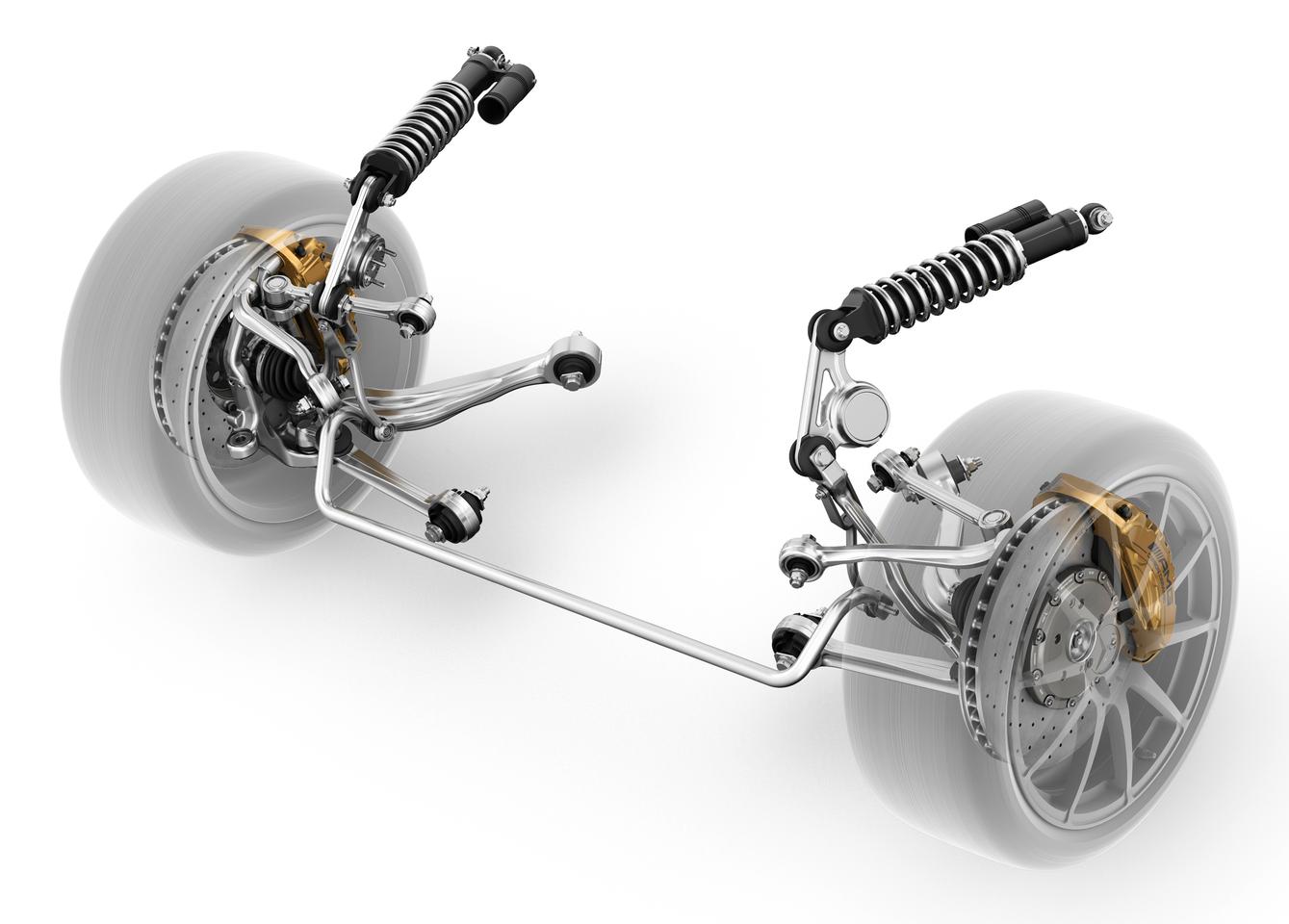
The front axle had to be redesigned from that of the SLS AMG, owing to the introduction of all-wheel drive. The SLS double wishbone design is replaced with an independent multi-link suspension with pushrod struts, similar to those used in F1 racing. This design allows the heavier E-Cell to attain the same levels of agility and driving dynamics as are exhibited by the SLS AMG, when combined with electrohydraulic rack and pinion steering.
Now for the bad news – the SLS AMG E-Cell is likely to cost upwards of US$250,000, and the first run will be sold by invitation only. Common folks will have access to the E-Cell in the 2014 model year. Still, for an electric supercar that can outrun the Tesla Roadster, perhaps the price and wait will be bearable.
